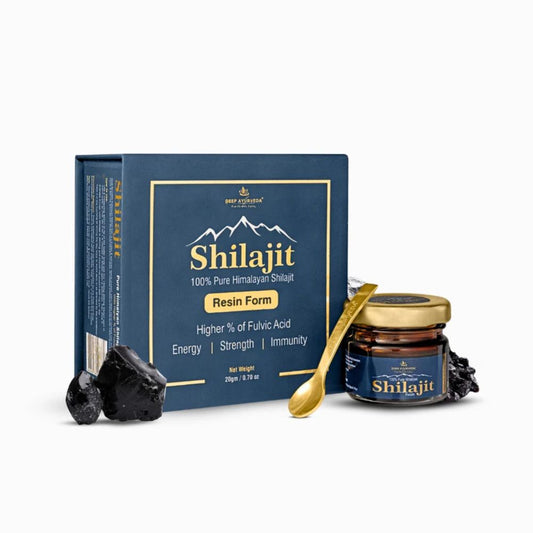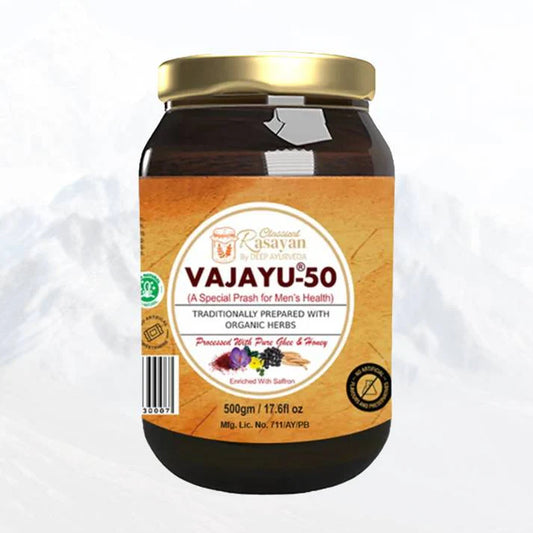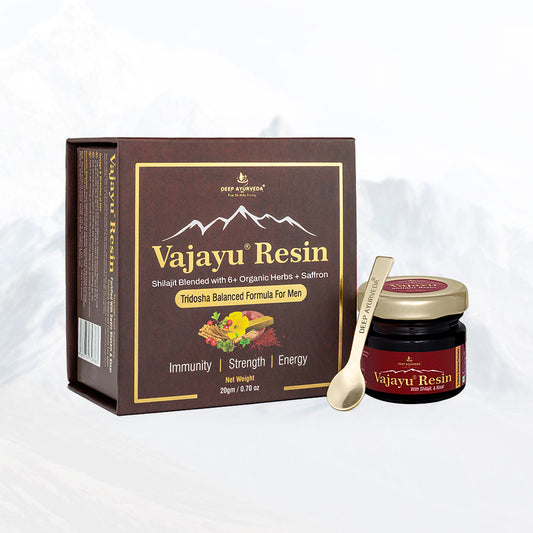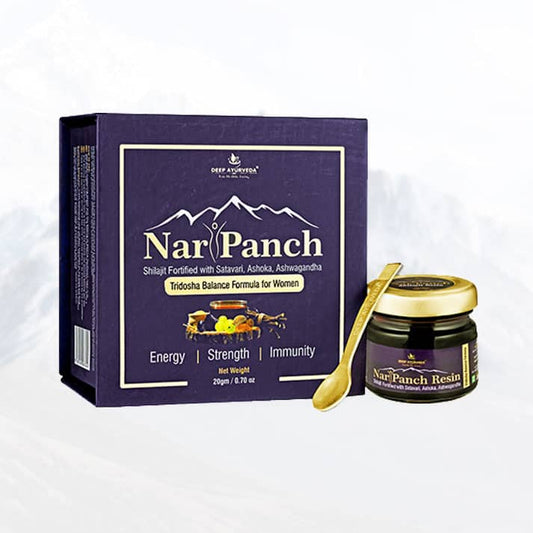Switching to a plant‑based diet can feel like a big change, especially when you hear warnings about “deficiencies” in essential nutrients. Iron. Vitamin B12. Calcium. These three often come up. But with mindful planning, a bit of knowledge, and smart food choices, you can meet and often exceed what your body needs — while thriving on plants.
In this article, we'll cover:
-
Why Iron, B12 & Calcium matter
-
What the specific challenges are on a plant‑based diet
-
Where to get these nutrients from plants & fortified sources
-
How to improve their absorption
-
When you might need supplementation or tests
Why Iron, B12 & Calcium Are Important
-
Iron is critical for making hemoglobin (the protein in red blood cells that carries oxygen), supporting energy levels, immune function, brain development, and more. Iron deficiency can lead to anemia, fatigue, reduced immunity.
-
Vitamin B12 is essential for nerve function, red blood cell formation, DNA synthesis. Without enough B12, neurological issues and anemia can result.
-
Calcium plays a big role in bone health (bones & teeth), but also in muscle function, nerve signaling, blood clotting, and heart beat regulation.
On omnivore diets, animal products provide much of these. Plants, however, either lack some (especially B12), or have inhibitors that affect absorption (iron & calcium). So the strategy is: eat enough of the right foods and enhance absorption.
Key Challenges on a Plant‑Based Diet
Before getting into the “what to eat,” let’s recognize the specific hurdles:
-
Non‑heme Iron vs Heme Iron
Iron in plants is non‑heme iron, which human bodies absorb less efficiently (often around 2–20% absorption) than heme iron from animal sources. Some plant compounds (like phytates) block absorption. -
B12 is Very Rare in Plants Naturally
Most plant foods do not have reliable, bioactive B12. So either fortified foods or supplements are almost always needed. -
Calcium Absorption Can Be Affected by Oxalates & Phytates
Some leafy greens (e.g. spinach) are high in calcium, but also high in oxalates, which bind calcium and reduce absorption. Similarly, some grains/legumes have phytates. Vitamin D is required to absorb calcium well. -
Nutrient Inhibitors & Interactions
-
Tea, coffee, certain polyphenols can block iron uptake if consumed with iron‑rich meals.
-
High calcium intake at the same time as iron can reduce iron absorption.
-
Vitamin D deficiency reduces calcium absorption. Sun exposure or fortified sources are important.
Where to Get Iron from Plant‑Based Sources (and how much)
A well‑planned plant‑based diet in Australia (or similar) should aim for more iron than normal because of the lower absorption. Some Australian guidelines suggest about 1.8× the RDI for iron in vegan diets.
Here are good, reliable sources:
|
Food |
Approx Iron / Serve |
Tips for enhancement |
|
Lentils, chickpeas, beans (kidney, black, etc.) |
~3‑6 mg per cooked ½ cup |
Combine with a vitamin C food (tomato, capsicum, kiwi) in same meal. Soak/sprout legumes to reduce inhibitors. |
|
Tofu, tempeh, edamame |
Good amounts (varies with brand) |
Use firm tofu; cook it; pair with acidic or vitamin C foods. |
|
Leafy greens (kale, bok choy, spinach [less bioavailability]) |
Smaller amounts but helpful when eaten in volume |
Choose lower‑oxalate greens more often; cooking helps reduce oxalates. |
|
Nuts & seeds (pumpkin seeds, sesame seeds, almonds, cashews) |
Seeds often richer in iron per gram |
Roast or soak seeds; include as snacks or on meals. |
|
Fortified cereals, fortified plant milks |
Varies; check labels |
Great for breakfast or snacks; useful “easy” source. |
To meet iron needs:
-
Eat a variety of these each day.
-
Use vitamin C at meals.
-
Avoid drinking tea or coffee with meals (especially meals that have iron).
-
Cooking in cast‑iron pans may increase iron content a bit.
Vitamin B12: The “Must‑Plan” Nutrient
Because almost no unfortified plant food reliably contains bioavailable B12, you’ll need to rely on:
-
Fortified foods: plant milks, breakfast cereals, nutritional yeast, meat substitutes sometimes. Check labels to see how much B12 they provide.
-
Supplements: Daily or several times weekly doses of B12 (often cyanocobalamin or methyl‑ forms) are generally considered safe and effective.
-
Regular monitoring: especially if you are pregnant, older, have digestive issues, or have dietary restrictions.
Typical adult recommendation is around 2.4 μg/day for most people, but when using supplements or fortified foods, the dose may be higher (because absorption from fortified/supplement sources may vary).
Calcium: Plant Sources + Boosting Absorption
Here are reliable plant sources of calcium and strategies to ensure you are absorbing enough:
Good Sources:
-
Fortified plant milks & plant yoghurt (soy, almond, oat) where calcium is added. Look for at least ~120‑300 mg/100 mL in fortified milks in many Australian products.
-
Calcium‑set tofu (firm or extra firm) uses calcium salts in coagulation. These are good sources.
-
Leafy greens low in oxalates: bok choy, kale, collard greens, broccoli, pak‑choi etc.
-
Seeds like sesame / tahini, almonds; beans and pulses; dried fruits like figs.
Boosting Absorption:
-
Vitamin D is crucial. Without sufficient vitamin D, even if you eat calcium, your body may not absorb it well. Safe sun exposure + fortified foods or supplements if needed.
-
Be mindful of high‑oxalate foods that reduce calcium bioavailability (like spinach, beet greens). Eating them occasionally is fine; balance with low‑oxalate options.
-
Spread calcium intake through the day, rather than all in one meal.
-
Avoid excessive salt and caffeine at the same meals as calcium‑rich foods, because they may increase calcium excretion or reduce absorption.
Putting It All Together: Sample Daily Plan
Here’s an example of how a full day might look for someone eating plant‑based, aiming to meet Iron, B12 & Calcium needs:
|
Meal |
Foods to include |
Nutrient Boosters |
|
Breakfast |
Fortified oat or soy milk + fortified cereal + a handful of nuts / seeds + fresh fruit (e.g. berries, orange slices) |
Vitamin C from fruit helps iron absorption |
|
Snack |
Tahini on whole grain toast, or almond butter & fruit |
Calcium & iron from tahini; fruit gives C for absorption |
|
Lunch |
Lentil or chickpea salad with mixed greens (kale/bok choy), red capsicum, cherry tomatoes, pumpkin seeds; dressing with lemon juice |
Iron from legumes + greens; vitamin C from capsicum/lemon; calcium from greens/seeds |
|
Snack |
Fortified plant yoghurt or nutritional yeast on popcorn or veggies |
B12 if fortified; nutritional yeast often fortified with B12 |
|
Dinner |
Stir fry with tofu (calcium‑set), broccoli, bok choy, cooked beans; maybe some dried fruit like figs for dessert |
Combination of iron & calcium sources; vitamin C from veggies |
|
Before bed |
If needed: B12 supplement (as recommended) |
Ensures you cover B12 reliably |
When to Consider Supplementation or Testing
Even with great planning, certain people should consider being extra careful:
-
Pregnant or breastfeeding people, adolescents, and menstruating women often have higher iron needs.
-
People with gastrointestinal issues (e.g. celiac disease, gastric bypass) may have reduced absorption.
-
Those following a very restricted diet (few fortified foods).
-
Older adults may need more B12, sometimes calcium supplements.
Tests to consider: Complete blood count for iron status, serum ferritin; blood test for B12; bone density for calcium/vitamin D if risk is high.
Practical Tips & Myths Busted
-
Myth: “You have to eat huge amounts of spinach to get calcium.” Reality: Yes, spinach has calcium, but also oxalates which reduce absorption. Better to eat moderate amounts of low‑oxalate greens + fortified foods.
-
Myth: “If you don’t eat meat, you will definitely be B12 deficient.” Reality: Not necessarily. Many fortified foods + supplements + occasional monitoring can prevent deficiency.
-
Tip: Soak, sprout, ferment beans/grains/legumes — these reduce phytates and improve mineral absorption.
-
Tip: Have vitamin C at meals with iron‑rich foods.
like Deep Ayurveda Amla Capsule
-
Tip: Avoid high‑tannin drinks (like tea & coffee) right after meals with iron.
Final Word
A plant‑based diet doesn’t have to mean deficiency — it just needs awareness, variety, and strategy. By choosing diverse whole foods, using fortified sources, combining the right foods for absorption, and supplementing when needed, you can meet your needs for Iron, B12, and Calcium — and likely gain other health benefits (fibre, phytonutrients, lower saturated fat, etc.).
If you’re unsure, working with a dietitian (especially one experienced in plant‑based nutrition) can help you get a personalized plan.







